When I first saw Isle of The Dead (1945) it was following Turner Classic Movies’ premiere of Martin Scorsese’s documentary Val Lewton: The Man in The Shadows (2007). That really gave me an informative, thoughtful introduction to the often overlooked Lewton and the types of films he produced which were, in large part, gothic horror-thrillers. Up to that time the only Lewton production I had seen was CAT PEOPLE (1942) and of course being a huge fan of it (as well as the 1982 remake) I wanted to see even more of his output. It was very refreshing for me to experience this classic form of cinema about the psychological and mysterious side of horror as opposed to the more fantastic, FX laden kinds I grew up on and watched a bit more regularly. The thrills in Lewton’s films were created by enveloping viewers in the dark and mysterious atmospheres, hitting them with sudden shocks and from witnessing the tense confrontations between the characters.

The director of Isle of The Dead, Mark Robson was born in Montreal, Quebec, Canada in 1913. At a young age he and his family moved to the United States and later on he studied at the University of California in Los Angeles. After college he began working at 20th Century Fox Studios and then moved on to RKO Pictures where he trained to be a film editor. Robson went on to be an assistant to editor Robert Wise on Orson Welles’ masterpiece CITIZEN KANE (1941) followed by a few other productions. RKO producer Val Lewton took a liking to Robson and he quickly promoted him from editor to production assistant having him join Director Jacques Tourner on his B-horror films CAT PEOPLE (1943) and I WALKED WITH A ZOMBIE (1943). Impressed by Robson’s strong aptitude on the set, Lewton then gave him his first opportunities to direct with THE SEVENTH VICTIM (1943), THE GHOST SHIP (1943) and ISLE OF THE DEAD (1945)…
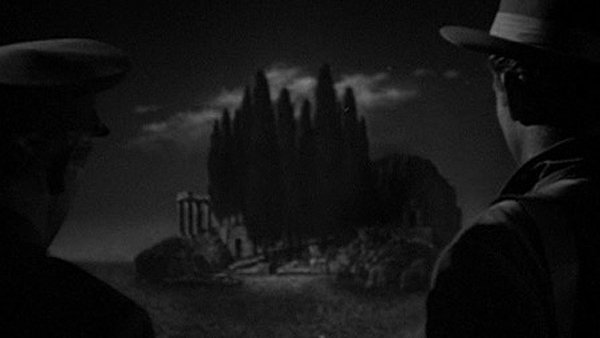
During the Greek Balkan War (1912-13) we meet General Nikolas Pherides (Boris Karloff) who has ordered one of his soldiers to shoot himself for a minor crime while a visiting American journalist, Oliver Davis (Marc Cramer) watches on. That is quite a macabre way to begin a film and right away clues us in to what kind of man Pherides is and the type of story we’re watching. With the battle nearly won, Pherides and Davis decide to visit his wife’s grave which is entombed on a small isle nearby the field of battle. They take a small boat and land on the shoreline which is guarded by a stone statue of an ominous three headed dog.
While looking around for the plot, Pherides discovers someone has broke into his wife’s coffin and looted others. The two men suddenly hear a singing voice and discover it to be coming from a nearby castle. It is a beautiful girl named Thea (Ellen Drew) who is staying with a party of visitors there including a Swiss archeologist named Albrecht (Jason Robards Sr) that has been searching the island for ancient artifacts. Albrecht explains to Pherides and Davis he hired locals to help him and that is the reason some of the graves were robbed after which the dead bodies were burned. This is a macabre confession that is strangely taken without any conflict. Pherides and Davis have a drink and converse awhile with the others and are invited to stay overnight.
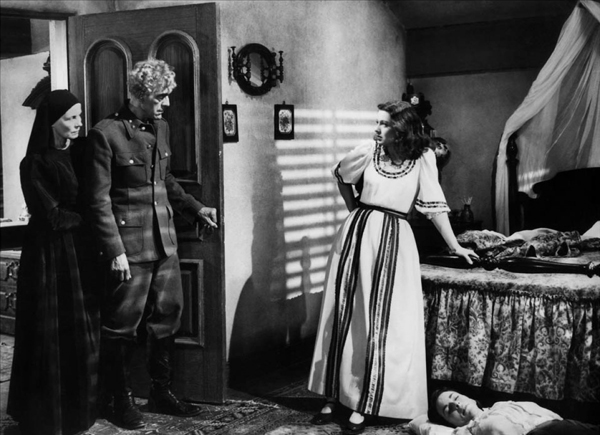
What begins as a pleasant visit with the other guests including the St. Aubyn’s (Alan Napier and Katherine Emery) soon turns to mortal dread when they discover one of their fellow travelers dead. An older Greek woman named Madam Kyra (Helene Thimig) confides to Pherides that she believes young Thea is an evil presence “all healthy and full of blood” while those around her are getting more sickly. General Pherides quickly has an inspection of the body performed by Dr. Drossos (Ernst Deutsch) and after finding a disease to be the result of the death he orders everyone to stay on the island and decides to fight an oncoming plague. This inspires Albrecht to recant a story about how the ancient Greek gods would send beings known as “Vorvolakas” (greek for vampire) as a punishment for evils done by man. He also decides to make a wager: he will pray to the God Hermes and Drossos can use science after which they will see which protects them from the plague.
The weary visitors become stuck in a kind of limbo waiting for the creeping cloak of death to pass while they pray and try to reason together. Pherides and Kyra are highly superstitious and become consumed by their fears of the gorgeous Thea who they perceive to be the evil vorvolaka sent to wipe them out. In stark contrast, Oliver and Albrecht seem to be keeping a more sensible Western attitude towards their dire circumstances.
Isle of the Dead is a shadowy Mediterranean themed thriller about how different people observe death when it arrives. It is also an intimate study of how cultural myths can affect perception blurring the line between what is real and imagined.
TRIVIA
– The statue of the three-headed dog on the edge of the island is Cerberus who guards the gates of Hades to prevent anybody escaping back across the River Styx.
– The movie’s script was inspired by the painting “Isle of the Dead” by Arnold Böcklin, which also appears behind the title credits.
– Director Martin Scorsese has placed Isle of the Dead on his list of the 11 scariest horror films of all time.
– Boris Karloff would later play a vorvalakas or verdalak (vampire) who terrorizes his family in Mario Bava’s trilogy of terror Black Sabbath.

You can see the direct thematic influence of Isle of The Dead on Martin Scorsese’s 2009 psychological thriller SHUTTER ISLAND. In that film Leonardo DiCaprio plays Teddy Daniels, a U.S. Marshal who is sent to an island off the coast of Massachusetts where he and his new partner Chuck (Mark Ruffalo) are in charge of searching for a missing mental patient. This film is a true journey into the unknown in that we are never sure what’s for real or imagined. Teddy, a World War II veteran, begins suffering from headaches and strange delusions as he progresses further with his investigation. The mental hospital soon becomes a labyrinth of dreams and nightmares, at one point besieged by a massive hurricane that heightens the movie’s mindwarping adventure even more. Teddy encounters a variety of nightmarish visions and freakish characters, some of whom are real and others who are figments of his haunted mind.
I’ve rewatched this film several times since first seeing it at the theater and for me it actually becomes better and more interesting after you know what the whole story is. You can pick up alot of intricate visual tricks and details that are placed throughout (for example look for the scene where a female patient Teddy is interviewing drinks a glass of water and the glass isn’t there!). The way it was filmed is a testament to Scorsese’s encyclopedic knowledge of Hitchcockian suspense, film noir and B-horror. The visually expressive atmosphere is captivating in its depictions of surreal and horrific imagery and conveys the anguish of what it must be like to be mentally ill and tortured by a past you can’t come to grips with. Like Isle of the Dead it is another dark tale that takes the viewer onto an island within the recesses of the mind and deals with how fantasy vs. reality is an equally terrifying and exhillerating cinematic maze to get lost in.


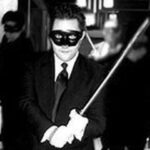
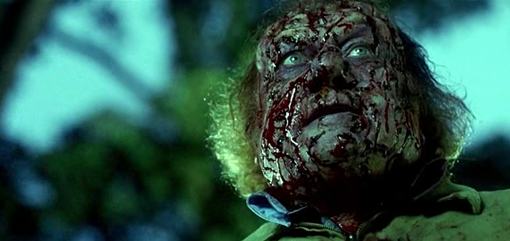
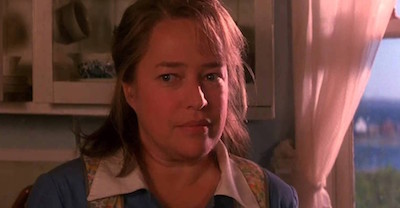

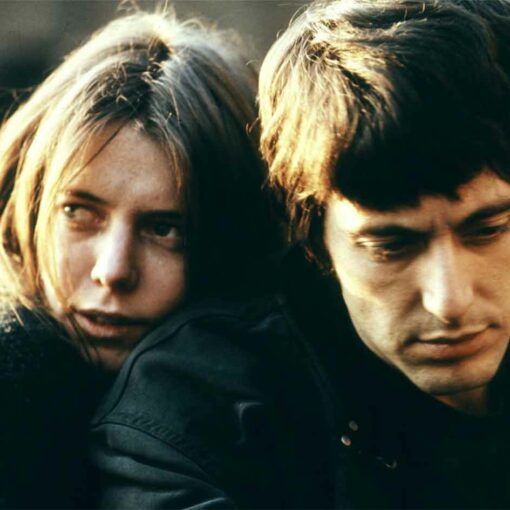
4 thoughts on “ISLE OF THE DEAD”
Hi!
1. Anyone who knows nothing about Lewton’s films can gain such an appreciation just from the images you chose in your post. To me they show he left nothing to chance & took full advantage of each set-up and every inch of shadow to create his signaure “look.” Just wonderful.
2. The title of Isle alone makes it seem like one that would scare me half to death. While I love horror films I also scare easily.
3. BUT, I definitely want to see it now with your comments on its influence on Shutter Island, a film I really liked and feel remains highly underrated. I’ve even read lots of negative stuff on it. I found some definitive Hitchcock elements in it as well.
Enjoyable and informative post. Thank you!
Aurora
This is a wonderful post with amazing insight into the influence that Lewton had on such an important filmmaker like Scorsese. Great comparisons and wonderfully written.
great stuff, as a classic movie “evangelist” (aka trying to get people who think old movies are boring to like them) i love when you can connect old movies to new ones, which you do here. Writing on Ghost Ship, Mark Robson’s early go at directing with Lewton, I can see a lot of things he got better at in this movie. so true about groupthink/ irrational superstition being scary. I’ll say it a lot on these post comments, but the “reality” based behaviorial stuff is the most scary to me. great movie & post & thanks for it!
Thanks very much for the positive feedback guys! I actually wish I could’ve seen Isle of the Dead a few more times. Only seeing it twice I probably missed some of the more intricate details/symbolism in it. I hope I at least got a few of the ideas right and how it could’ve influenced Shutter Island. I’m sure with deeper analysis you could find alot more in there. Cheers and Happy Halloween! 🙂